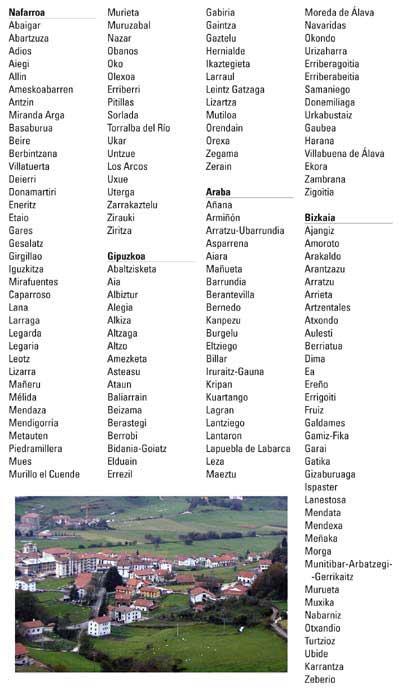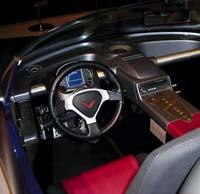WiMAX: Revolution

WiMAX ( Worldwide Interoperability for Microwave Access ) is a wireless data transmission protocol that allows you to connect to broadband Internet via radio waves, much more powerful than WiFi.
In fact, WiMAX offers a speed of 70 megabits per second, capable of traveling 50 kilometers on a single antenna, while WiFi only reaches 300 meters. That is, WiFi offers wireless broadband internet in homes and WiMAX throughout the city. Therefore, this technology is presented as an alternative to traditional ADSL. Why? Symmetric for offering adequate bandwidth
--that is, with the same speed up and down and without physical limit of thread. It is, therefore, an unbeatable opportunity for the rural municipalities or for those in which Wired broadband Internet has not arrived. WiMAX technology also allows to establish stable connections from one point to another or from one point to more than one point (an antenna serves several users) ensuring the confidentiality of the data.
WiMAX Forum
The definition of standards and parameters around WiMAX Forum is the responsibility of the business consortium. It also analyzes and tests the implemented developments. This consortium, formed initially by sixty-seven companies, currently has more than a hundred participants. Not any. The WiMAX Forum consortium includes very important technology companies such as: Nokia, Siemens, Motorola, Samsung, Intel, Fujitsu Microelectronics, Alvarion, Texas Instruments, Deutsche Telekom, France Telecom, Telecom Italia or Euskaltel.
WiMAX is the standard family IEEE 802.6 and HyperMan of the European Standardization Organization. The initial 802.16-2004 standard was placed in the 10-66 GHz frequency band and the LOS towers were essential for transmitting the signal. The disadvantage of the LOS towers is that they have to be seen.
The new version, approved in March 2003, 802.16 uses a narrower and lower band of 2-11 GHz. This version is simpler to regulate and also does not need the LOS towers. Just expand the base stations. These base stations, formed by transmitter-receiver antennas, are able to provide service to 200 receiving stations and each of them can provide coverage to a complete building.

WiMAX technology received its latest boost at the end of 2005. On 7 December 2005, the IEEE approved the WiMAX mobile standard: 802.16e. This standard allows you to use this wireless communications system with moving terminals. That is, thanks to this standard it is possible to develop mixed infrastructures between fixed and mobile, characteristic that from the economic point of view is more attractive than those that the system had. Consequently, after the approval of the 802.16e standard, many companies that did not dare to invest money in WiMAX have been willing to do so.
Fixed and mobile
Thus, two areas of use can be differentiated in WiMAX systems: the fixed, the 802.16a standard and the mobile, the 802.16e standard. In the fixed zone is placed an antenna similar to that installed in the receiver building for satellite television. It is usually placed in strategic places, on the roof or on the mast, but it is also possible to place it inside the building, although the signal is not as strong as the one placed outside.
The mobile zone brings portability for the mobile market. This field uses Multiple Access by Frequency Orthogonal Division (OFDMA). OFDMA is a multi-user technical modulation that allows to transmit large amounts of digital data through radio waves. The OFDMA divides the radio signal into several subdivisions and simultaneously emits them to the receiver at different frequencies. In fact, the first WiMAX terminals are expected to appear in the coming years: PDAs, phones or laptops. Therefore, in the not too distant future, WiMAX technology can become an important opportunity for mobile telephony.
How does WiMAX work?
As for practical effects, WiMAX and WiFi are similar, but WiMAX moves faster and far more away and serves for more users.

Any WiMAX system has two components. On the one hand, the WiMAX towers, each of them capable of covering up to 8,000 square kilometers depending on the type of signal emitted. On the other hand are the recipients, the cards that we connect on our PC, hand computer, PDA, etc. to have access to the network.
In addition, there are two ways to give the signal. When there are obstacles between the antenna and the receiver, low frequencies are used for data transmission (2-11 GHz). Thus interferences due to objects are avoided. This, logically, reduces the useful bandwidth. In addition, the antennas that offer this service offer an approximate coverage of 65 square kilometers, as in the case of mobile.
If there are no obstacles and there is a more direct visual relationship, high frequencies of 66 GHz are used. This allows you to get a huge bandwidth. In addition to providing greater bandwidth, the antennas that offer this service are capable of providing coverage of 8,000 square kilometers. However, in general, common users use the first type of service. However, with the current WiFi you will notice great differences. The speed will be 70 Mb per second and the signal will be valid in 50 kilometers.
Advantages of advantages Advantages of benefits
As has been commented on several occasions, one of the main advantages is the possibility of having broadband in those areas where the ADSL or the thread did not arrive.
Unlike mobile telephony networks, WiMAX moves in a spectrum of unregulated waves, with frequencies below 11 GHz. Therefore, in theory, there should not be too many legal requirements to be implemented anywhere. And the investment necessary for the provision of the service is feasible for any small and medium enterprise.

WiMAX works like WiFi through radio signals, but the WiFi signal begins to degrade when there are 20 people connected at a time. However, WiMAX supports hundreds of users per channel and with a large bandwidth. Therefore, it is suitable to offer a varied and quality service, such as video, data and voice.
In view of all this, it can be affirmed that WiMAX is a very beneficial option for companies, both for offering the possibility of having the Broadband Internet to the companies of the places where there is no other option, as for being an alternative in the cities to have a bandwidth superior to that supplied by the current ADSL or thread. In addition, it can be a total connectivity solution for the whole company: it allows to have a whole plant or a whole building connected to the same network.
It is also very appropriate to meet the communication needs of public institutions. For example, the administrative offices of a city can be connected to each other. That through this system you can give access to the Internet or the municipal network to the inhabitants of the municipality.
On the other hand, in the media, especially in television and radio stations, there is currently a tendency to digitize the contents, for example, for their subsequent putting on the internet. In this context, WiMAX is a good option, simple and economical for the launch of these contents, which above all could be very useful for local TVs. In addition, in the future there will also be coverage on portable devices. As a result, current systems can be migrated to large bandwidth and network systems.







